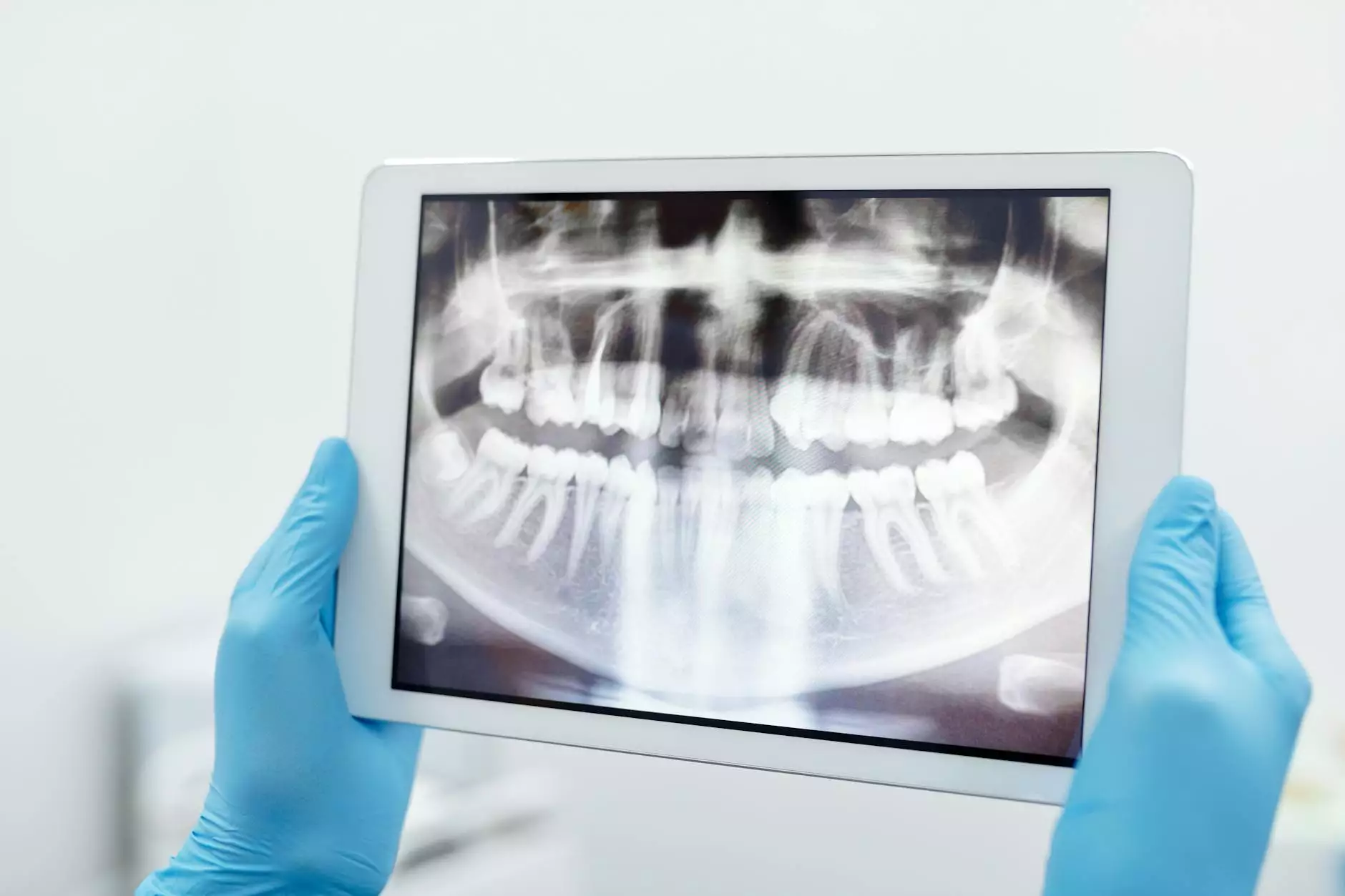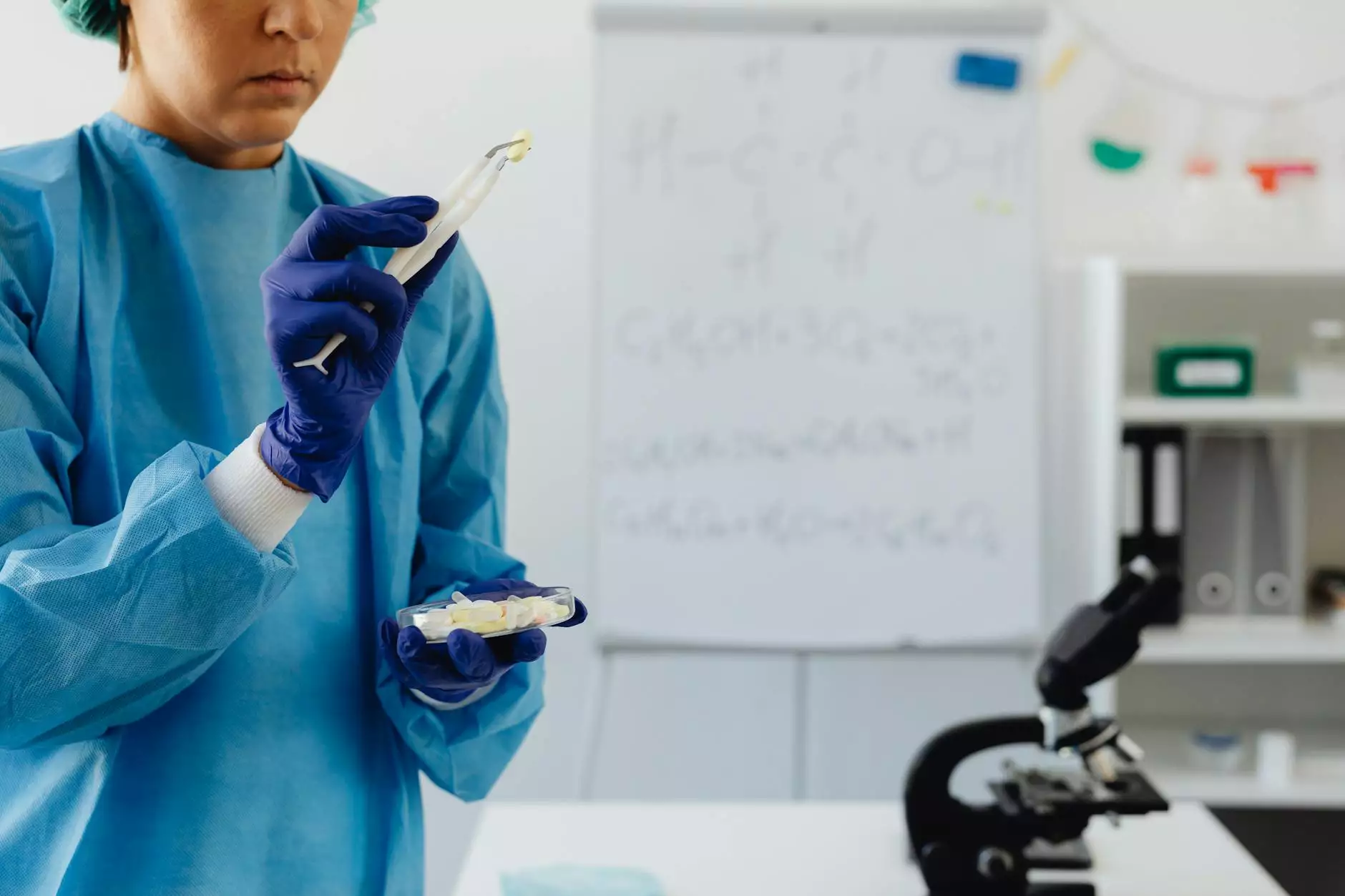Understanding Deep Venous Thrombosis Causes: A Comprehensive Guide

What is Deep Venous Thrombosis?
Deep Venous Thrombosis (DVT) is a medical condition characterized by the formation of a blood clot in a deep vein, most commonly in the legs. A DVT can lead to serious health complications, including pulmonary embolism, which occurs when a clot breaks free and travels to the lungs, causing significant health risks.
Understanding the Causes of Deep Venous Thrombosis
The causes of DVT can be complex and multifactorial. Understanding these factors is essential for prevention and management. Here are the major causes and risk factors associated with DVT:
- Immobility: Prolonged periods of immobility, such as during long flights or bed rest after surgery, increase the risk of clot formation.
- Injury: Any injury that damages the blood vessel can trigger the clotting process, particularly if the injury is in the leg.
- Surgery: Certain surgical procedures, especially orthopedic surgeries like hip or knee replacements, create a higher risk for DVT.
- Cancer: Some cancers and cancer treatments can increase the risk of blood clotting, making individuals more susceptible to DVT.
- Smoking: Tobacco use contributes to changes in blood flow and can promote blood clot formation.
- Hormonal Factors: The use of hormonal therapy, including birth control pills and hormone replacement therapy, may increase the risk of DVT.
- Genetic Factors: Certain hereditary blood clotting disorders can elevate the risk of developing DVT.
- Age: Individuals over 60 are at a higher risk for DVT due to natural changes in the vascular system and increased likelihood of comorbid conditions.
- Obesity: Excess weight puts additional pressure on legs, which may lead to clot formation.
Immobility and Deep Venous Thrombosis
One of the principal causes of deep venous thrombosis is immobility. When blood flow slows, especially in the legs, the risk of clot formation significantly increases. Common situations that can lead to immobility include:
- Long-distance travel, especially via plane or car.
- Prolonged bed rest due to illness or recovery from surgery.
- Sedentary occupations that require sitting for extended periods.
To mitigate the risk of DVT during immobility, it is crucial to incorporate regular movement, stretching, or even leg exercises during long periods of inactivity.
The Role of Injury and Surgery
Injuries, particularly those that affect the legs, can trigger the body’s natural response to heal and form clots. For instance, fractures can damage blood vessels and lead to DVT. Additionally, the trauma of surgery can disrupt normal blood flow.
Surgeons often take preventive measures when performing operations that involve a high risk of DVT, such as:
- Administering anticoagulant medications.
- Encouraging early mobilization after surgery.
- Using compression devices on the legs during and after the surgery.
Cancer and its Impact on DVT Risk
Cancer patients face a higher risk of DVT due to both the disease itself and the treatments involved. Certain cancers, particularly those affecting the pancreas, brain, stomach, and lung, are associated with an increased risk of clotting. Chemotherapy and other cancer treatments may also lead to changes in blood coagulation.
It is vital for cancer patients to recognize the symptoms of DVT, such as leg swelling or pain, and report these to their healthcare provider promptly.
Smoking: A Major Contributing Factor
Smoking is a well-known risk factor for numerous health conditions, including DVT. The chemicals in tobacco can damage blood vessels, leading to increased clotting. Moreover, smoking can also interfere with the body’s ability to break down clots, which can exacerbate the risk.
Quitting smoking has a plethora of health benefits, including significantly reducing the risk of developing DVT and other vascular conditions.
Hormonal Influences on Clotting
Hormones play a critical role in the body’s clotting mechanism. Hormonal contraceptives, such as birth control pills, and hormone replacement therapy can increase the likelihood of DVT due to their effects on blood coagulation. Women who smoke and take hormonal contraceptives are at an even higher risk.
It’s important for women to discuss their full medical history with their healthcare provider when considering hormonal therapies to understand the associated risks.
Genetic Predispositions to DVT
Some individuals may have genetic factors that predispose them to blood clotting disorders, which can significantly increase their risk for DVT. Common genetic conditions include:
- Factor V Leiden mutation
- Prothrombin gene mutation
- Protein C or S deficiency
- Antithrombin deficiency
If you have a family history of blood clots, it is important to discuss this with your healthcare provider for appropriate testing and management.
Age and Obesity: The Risk Factors Unveiled
As we age, our body undergoes various changes that can impact blood flow and coagulation. The risk of DVT increases for individuals over the age of 60. Seniors may have multiple comorbidities that further elevate this risk.
Moreover, obesity is an independent risk factor for DVT. It is essential for individuals struggling with their weight to seek guidance on addressing obesity not only for their overall health but also to reduce the risk of deep venous thrombosis.
Recognizing the Symptoms of DVT
Being aware of the symptoms of deep venous thrombosis can lead to early detection and treatment. Common symptoms include:
- Swelling in one leg (or arm)
- Pain or tenderness that may feel like cramping
- Warmth in the affected area
- Discoloration of the skin (red or blue)
Individuals experiencing these symptoms should seek medical attention promptly, as early diagnosis can prevent severe complications.
Preventing Deep Venous Thrombosis
The good news is that many DVTs can be prevented by understanding the causes and taking appropriate measures. Here are some actionable prevention strategies:
- Stay Active: Regular physical activity promotes good circulation and reduces the risk of blood clots.
- Move During Travel: Take breaks during long trips to stretch and walk around to keep the blood flowing.
- Maintain a Healthy Weight: Achieving and maintaining a healthy weight reduces pressure on veins in the legs.
- Stay Hydrated: Keeping hydrated helps maintain healthy blood viscosity.
- Compression Stockings: Use graduated compression stockings, especially during travel or after surgery, to enhance venous circulation.
- Avoid Smoking: Quitting smoking can significantly reduce the risk of DVT.
Conclusion: Emphasizing Knowledge and Action for DVT Prevention
Deep venous thrombosis is a serious condition that can lead to significant health issues if left unaddressed. Understanding the causes of deep venous thrombosis is critical for anyone looking to protect their vascular health.
By recognizing risk factors and implementing preventive strategies, individuals can dramatically reduce their likelihood of developing DVT. Education, awareness, and proactive measures are key components in ensuring a future free from deep venous thrombosis.
© 2023 Truffles Vein Specialists. All rights reserved. For more information and to consult with a specialist, visit trufflesveinspecialists.com.
deep venous thrombosis causes








